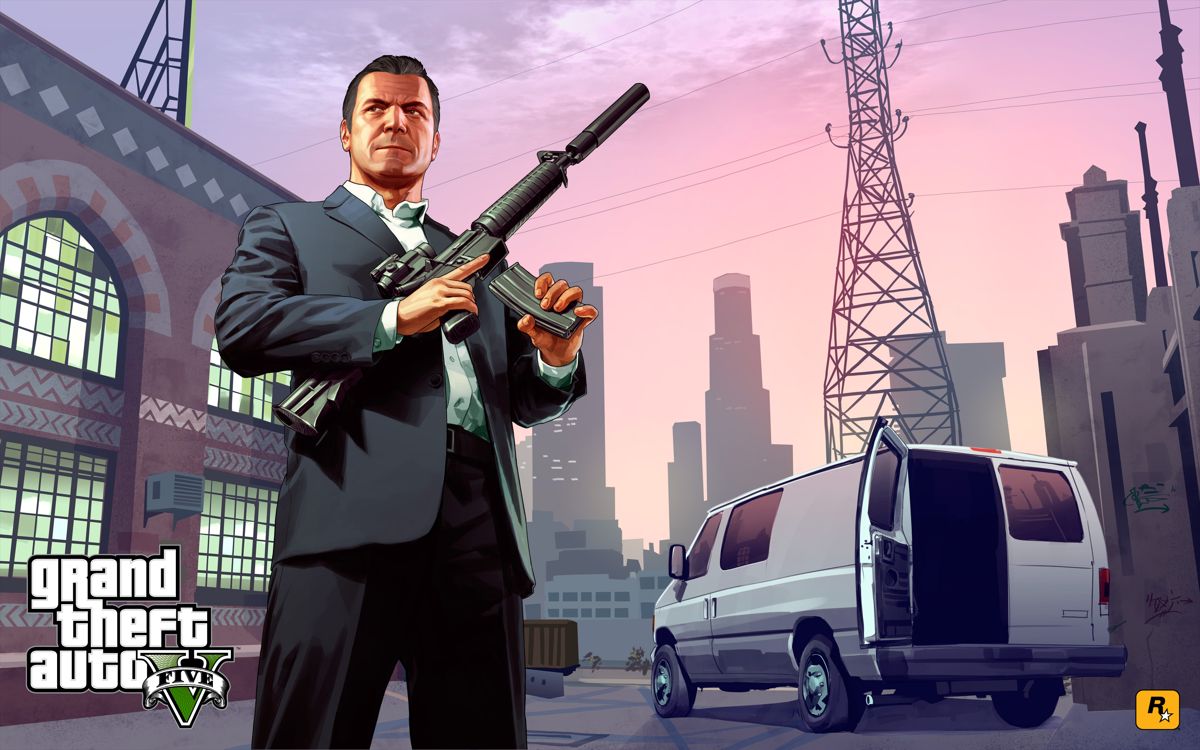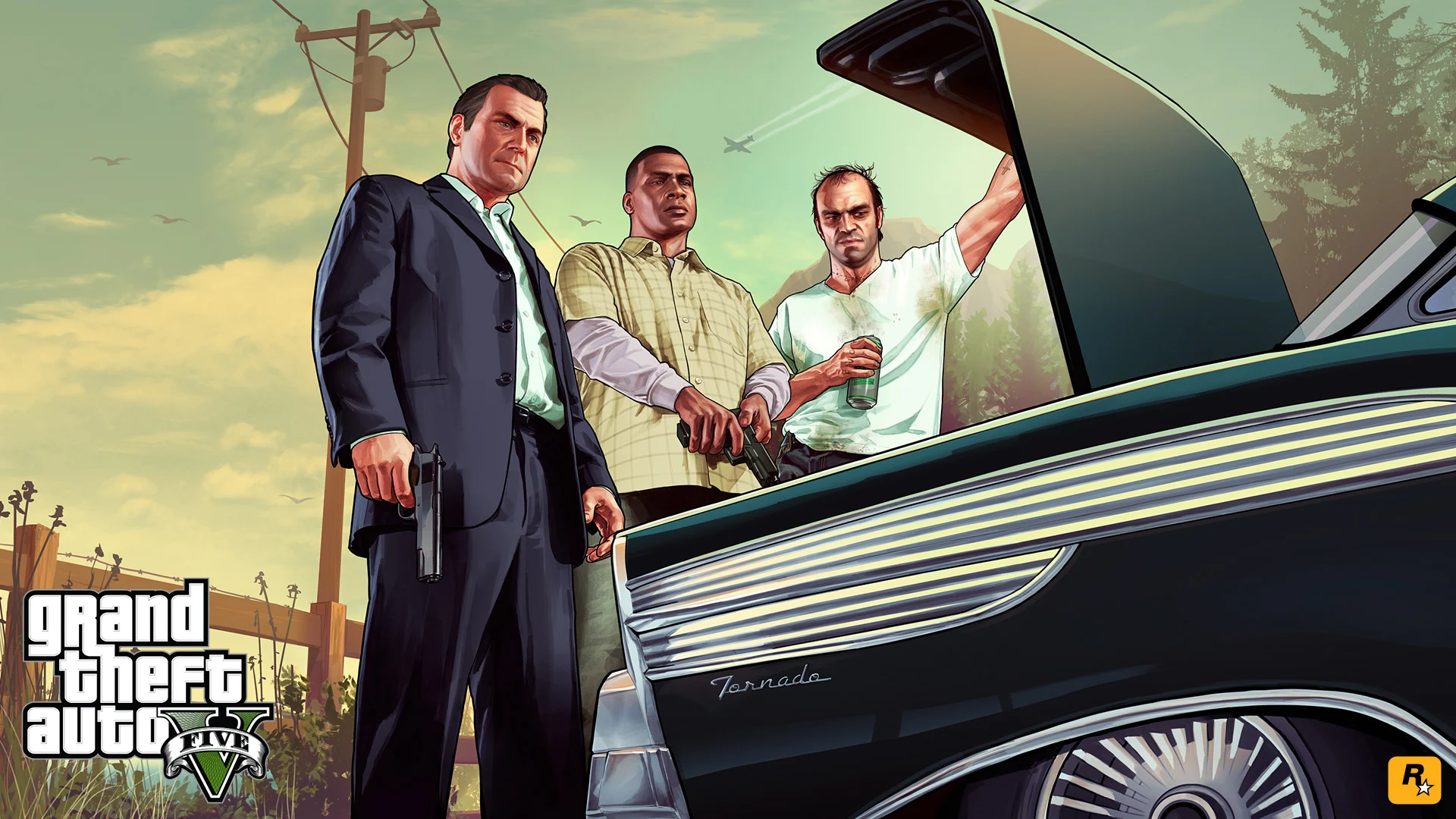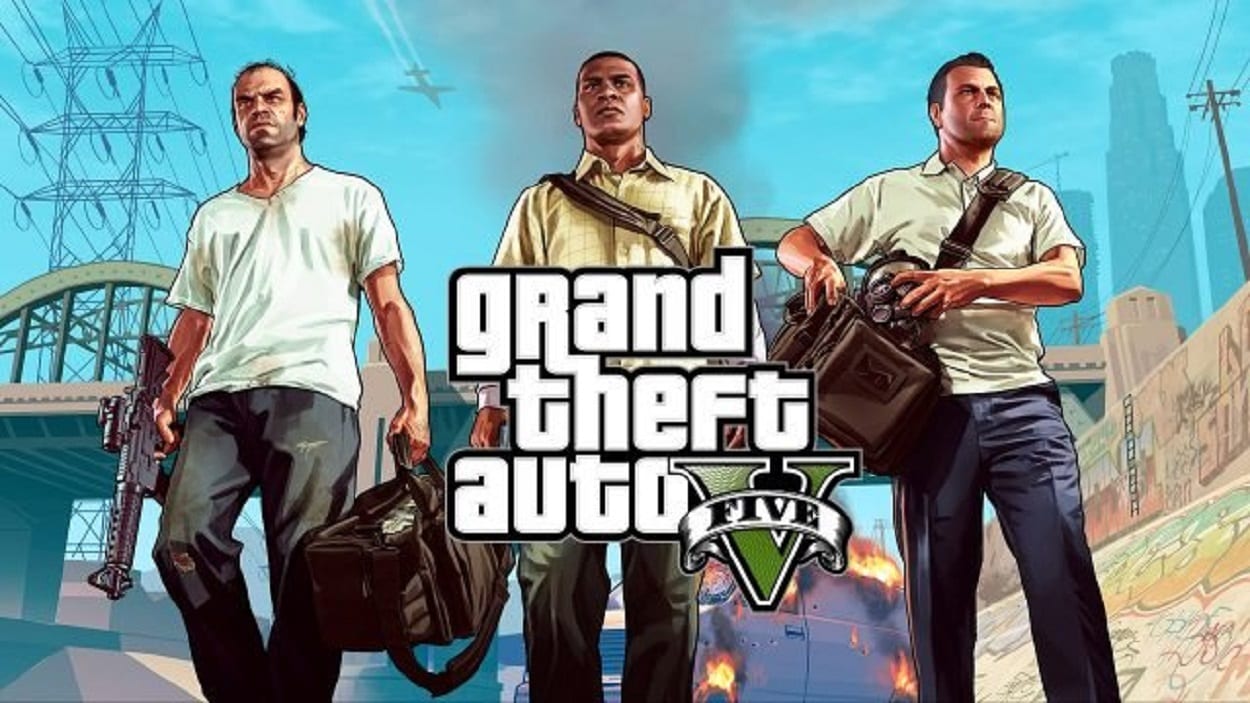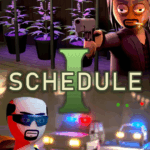Popular Now
Grand Theft Auto V (GTA V) has been praised for its technical excellence, open-world innovation, and cultural satire. However, beneath its flashy gameplay and sprawling narrative lies a controversial topic that continues to ignite debate: the psychological impact of in-game violence. This article explores that issue in depth—how violence is designed, how it affects player behavior, and what it says about modern gaming culture. Rather than taking a general approach, we examine specific story moments, mechanics, and long-term player responses that illuminate this complex theme.
Violence as a Core Design Philosophy
One of the first things players notice in GTA V is how deeply violence is woven into the game’s structure. Unlike many action games where violence serves a functional gameplay purpose, GTA V uses violence as a narrative and emotional trigger.
The missions are often laced with morally questionable decisions. Whether it's robbing a bank or assassinating a political figure, players are encouraged—and often required—to commit violent acts to progress. These aren’t optional side quests; they’re embedded in the story. Rockstar Games carefully crafts each scene to evoke visceral reactions. Explosions, screaming civilians, and the cinematic camera angles make every act of violence feel intense and deliberate.

The Torture Scene and Ethical Dissonance
One of the most infamous moments in GTA V is the torture scene during the mission “By the Book.” In it, players take control of Trevor as he tortures a man to extract information. The player chooses from a selection of torture devices: waterboarding, pliers, and car batteries.
This mission generated substantial backlash upon the game’s release. Critics questioned Rockstar’s intent—was this scene meant to provoke discomfort and reflection, or was it a gratuitous spectacle? What made it especially disturbing was that players had no option to skip it if they wanted to complete the story. This lack of choice forced players to confront their own participation in virtual violence in a way that most games avoid.
How Trevor Philips Embodies Unrestrained Violence
Trevor Philips, one of the three playable protagonists, serves as the embodiment of unfiltered aggression. His unpredictable nature and explosive violence are more than just personality quirks; they are gameplay mechanics.
Players can enter a “rage” mode that makes Trevor more powerful in combat. His missions often involve mass shootings, destruction, and sadism, making him the most controversial of the trio. But Rockstar designed Trevor to represent a mirror of the player—the chaotic side that many players indulge in during open-world sandbox play. This makes Trevor’s existence a commentary on the allure of violence in gaming itself.
Michael and the Emotional Cost of Violence
In contrast, Michael De Santa offers a different narrative arc. While he is also a criminal, Michael is haunted by his past and struggles with depression and family dysfunction. His violence is calculated and often reluctant.
This dichotomy offers insight into how different characters process violence. Michael’s sessions with his therapist are particularly revealing, as they show him trying to justify his behavior. The therapy scenes aren’t just for comic relief—they underscore the long-term psychological costs of violence, even in a fictional world.
Franklin’s Role in Normalizing Criminal Violence
Franklin Clinton starts the game as a small-time repo man trying to escape poverty. His journey into a life of high-stakes crime is portrayed as an upward mobility arc, making violence seem like a legitimate path to success.
Franklin rarely questions his assignments. He adapts quickly, suggesting that systemic exposure to violence can normalize it. The game subtly critiques how society rewards those who can operate within corrupt systems, making Franklin’s rise both admirable and troubling.
Player Behavior in Free Roam Mode
Outside of missions, players are given complete freedom in Los Santos. This sandbox freedom often leads to chaotic behavior: shooting pedestrians, blowing up cars, or picking fights with the police. The game even rewards such behavior with wanted levels, creating a system that gamifies destruction.
Psychologists and researchers have studied how players behave in this open environment. Many indulge in what’s known as “exploratory aggression”—committing violent acts simply to see what happens. While this doesn’t directly translate to real-world behavior, it does offer a playground for moral experimentation, often without consequences.
The Role of the Media Within the Game
GTA V doesn’t just depict violence—it comments on it through its in-game media. Radio stations, TV shows, and even loading screen tips are filled with satire about American gun culture, political corruption, and the desensitization to violence.
This meta-narrative serves two purposes. First, it offers comic relief. Second, and more importantly, it holds a mirror to the player's actions and the culture they reflect. For example, the talk show "Chattersphere" mocks both liberal and conservative views on violence, showing how deeply entrenched it is in society.
Desensitization and Emotional Numbness
As players progress through GTA V, something strange can happen—they may begin to feel numb to the violence. What once shocked them becomes routine. This is a classic example of desensitization, a psychological process where repeated exposure reduces emotional sensitivity.
Players who spend hours shooting their way through Los Santos may eventually stop reacting to the chaos around them. Explosions and gunfire become background noise. Rockstar leverages this phenomenon to keep players engaged, but it also raises ethical questions about long-term exposure and emotional conditioning.

The Online Extension of Violence: GTA Online
GTA Online, the multiplayer component, pushes the violent sandbox concept even further. Here, players create their own characters and engage in missions, heists, and battles against others in real time.
What’s unique is that players often bring their single-player habits into the multiplayer world. Rampages and griefing are common, and the game’s economy is driven by criminal activities. Rockstar has built systems to allow for creative expression, but violence still remains the most efficient way to gain money, respect, and power. This reinforces the idea that, in the world of GTA, violence is not only acceptable—it’s optimal.
The Fine Line Between Satire and Endorsement
Perhaps the most complex element of GTA V’s portrayal of violence is its satirical intent. Rockstar has always claimed that their games mock rather than promote violence. However, satire becomes murky when players are not only witnessing violence but actively engaging in it.
Some argue that GTA V doesn’t do enough to signal its satire clearly. Others believe the game challenges players to think critically about their actions. The truth likely lies somewhere in the middle. Rockstar walks a tightrope between entertainment and critique, leaving interpretation up to the player.
Conclusion
Grand Theft Auto V is more than just a violent video game. It’s a psychological experiment, a piece of cultural commentary, and a mirror reflecting society’s complicated relationship with aggression. Through characters like Trevor, Michael, and Franklin, Rockstar explores different dimensions of violent behavior—from nihilistic chaos to calculated survival. Whether you find the game disturbing, liberating, or thought-provoking depends largely on how you engage with its content. But one thing is certain: GTA V forces us to confront violence in ways most games would never dare, making it one of the most psychologically complex titles of our time.















